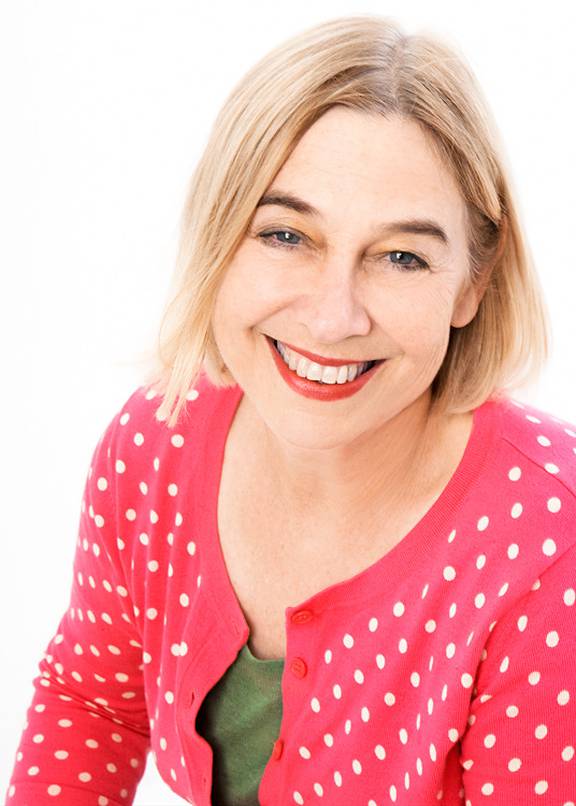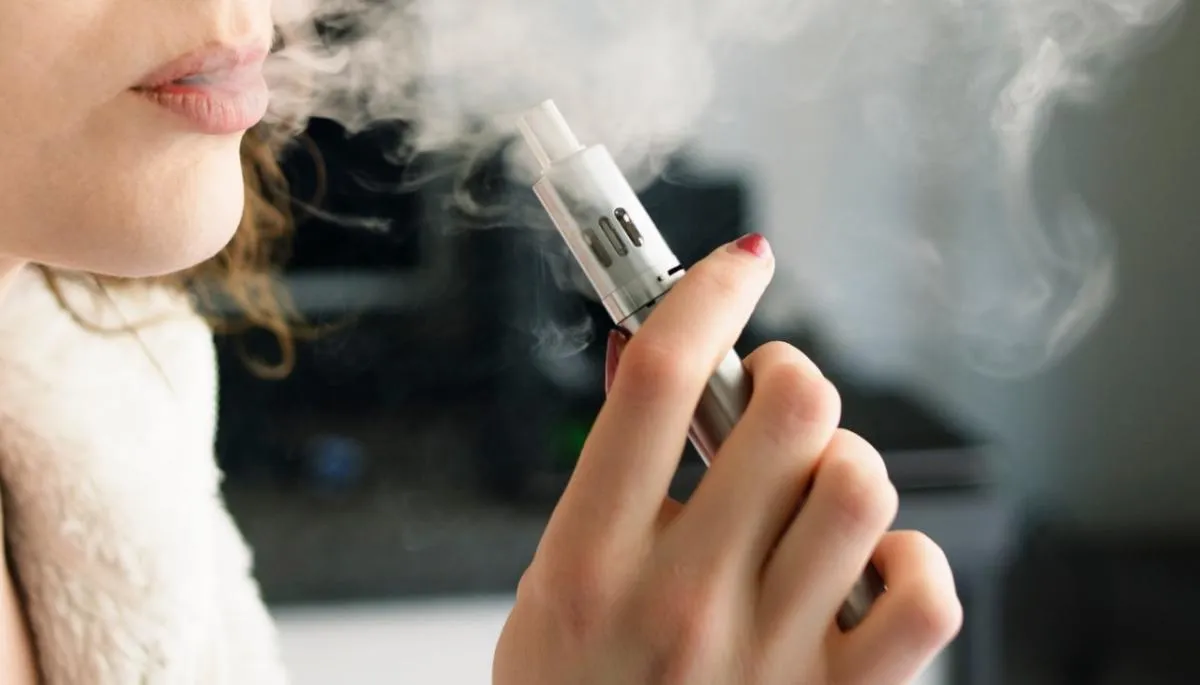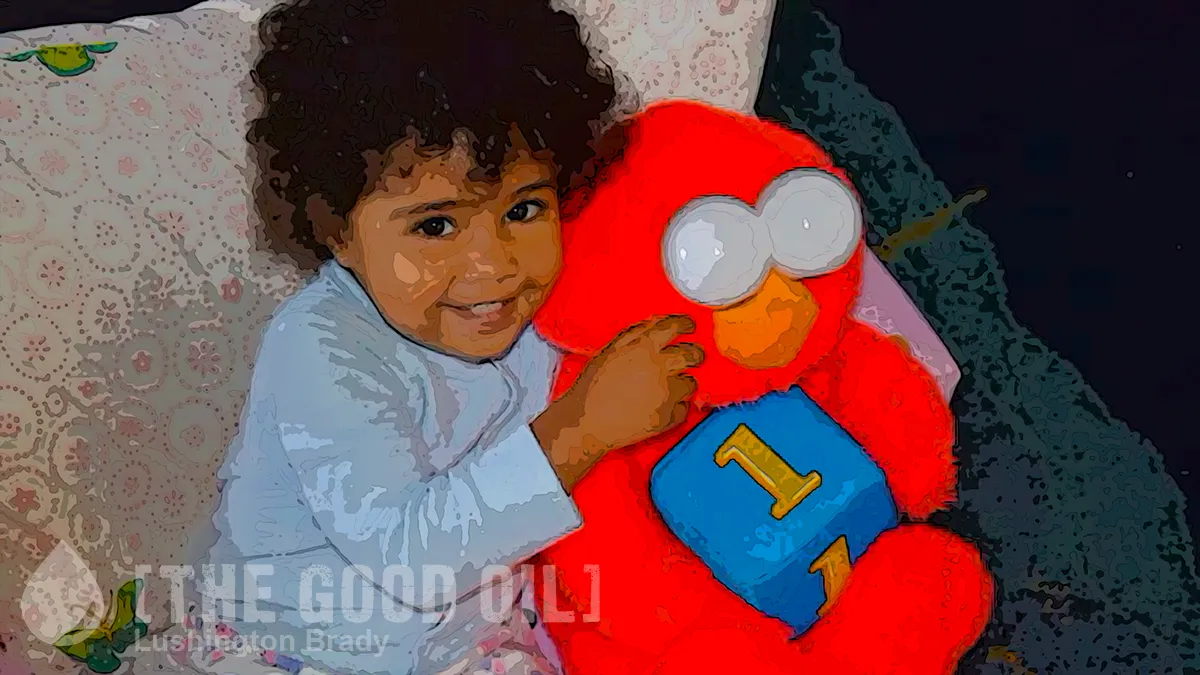I’ve got a fair bit of respect for Sunny Kaushal. He may have been a Labour candidate in the past, but he was also one of the first people who reached out to me after I had my stroke, genuinely concerned about me, despite past political differences. That act alone means I’ll at least listen to what he has to say.
This is why I took notice when I saw his article in the NZ Herald about the scare mongering and bullying going on at present about the alleged perils of vaping. The Cancer Society is even threatening principals, sending them emails that state: “I’ve copied this email in to [name removed] our comms person … if there is decent pick-up and, who knows, you could become an instant media star …”.
If that’s not bullying I don’t know what is.
We asked a couple of Auckland schools, prominent in the media about vaping. We genuinely wanted to know the scale and even brands because they’re clues.
Auckland Grammar School (2615 students) had no stats about confiscations but revealed 15 students were stood down for vaping in 2021. The last was August 2021 before Covid hit. In 2020, also Covid-19 impacted, 20 were stood down while for 2022, up to March 31 at least, it was zero.
We wonder how this compares to fighting, vandalism or drugs but it won’t be for smoking.
Only one student was stood down over this period, so times have changed for the better.
Macleans College (2575 students) was prominent for locking its toilets and provided stats. Between January 2020 and March of this year, almost 27 months, 16 vapes confiscated.
If these numbers mean epidemic, we’d hate to see critics’ definition of pandemic.
The Cancer Society’s Candace Bagnall told principals and the Asthma and Respiratory Foundation on June 30, 2020: “Australia has banned it [vaping] and they just don’t have these problems.” What?
Google “Australia school vaping” to see the mess.
In that same month, Bagnall added, “I’ve copied this email in to [name removed] our comms person … if there is decent pick-up and, who knows, you could become an instant media star …”
NZ Herald

What Sunny was highlighting is that, contrary to alarmist media claims and equally alarmist claims from Candace Bagnall, there just isn’t a problem in New Zealand with vaping. Australia in stark contrast has a prohibition-like regime regarding vaping, creating a massive incentive allowing the creation of a black market for vaping products. New Zealand passed robust legislation that created a regulated regime for the sale of nicotine vaping products in 2020.
But digging into the published rhetoric of the Cancer Society and the Asthma and Respiratory Foundation we find that the numbers they are claiming just don’t support the hysterics around youth vaping – it’s a massive beat-up and not the epidemic they are claiming.
The Prime Minister has said that disinformation is dangerous, yet that is exactly what the Cancer Society is pushing. It is dangerous because it is a distraction and takes away from the fact that vaping is the most effective tool to stop people from smoking, bar none.
Isn’t it weird that despite the fact that we are in the middle of a global pandemic affecting the respiratory system, the Asthma & Respiratory Foundation is so keen to focus on vaping; why would that be?
It raises the question, who is funding them?
It is equally outrageous that the Cancer Society and Asthma and Respiratory Foundation have acted in this way trying to encourage principals by saying they may become famous if they don’t toe the line. It is actually bullying and extortion, and may well be illegal.
If I did the same thing there would be headlines all over the media about how I was bullying people, yet that is exactly what The Cancer Society’s Senior Analyst is doing.
If anyone needs to be a media star it should be Candace Bagnall, for her bullying.
Instead of scare-mongering about vaping and nicotine, why aren’t the Cancer Society and the Asthma and Respiratory Foundation celebrating the fact that our regulatory regime means that 96.5% of the sector
did notsell vapes to young people. The rules are working.
Not only that; statistics show that back in 1985, 31% of 15-year-olds smoked daily. By 2021, it was 1.3%. Vaping is an outstanding success in reducing harm, yet for some strange reason these anti-smoking advocates want to regulate the products like there was a prohibition regime in place.
Sunny asks a very pertinent question at the end of his article; “So, who is funding the demands we import Australia’s vaping chaos?”
Who indeed?
Please share this article so others can discover The BFD.










